Cardamom Chronicles: 7 Sizzling Tips to Spice Up Your Life (Without Burning the Kitchen)
Spice lovers, unite! Whether you're a seasoned pro in the kitchen or just starting your journey into the aromatic world of spices cardamom, this guide is your golden ticket to flavor heaven. Cardamom isn’t just another ingredient—it’s a flavor powerhouse that can transform everything from morning chai to midnight desserts.
Table of Contents
- What Exactly Is Cardamom Anyway?
- Why You’ll Fall Head Over Heels for This Tiny Green Pod
- The Ultimate Buying Guide: How to Choose the Best Cardamom
- 7 Sizzling Secrets to Using Cardamom Like a Pro
- Flavor Pairings That Will Make Your Taste Buds Sing
- How Cardamom Can Take Over Your Kitchen (In a Good Way)
- Final Thoughts: The Future of Flavor Starts with Cardamom
What Exactly Is Cardamom Anyway?
Cardamom—sometimes called the “Queen of Spices”—comes from the pods of plants in the ginger family. It’s native to southern India and has been used for centuries in both culinary and medicinal traditions across South Asia, the Middle East, and Scandinavia.
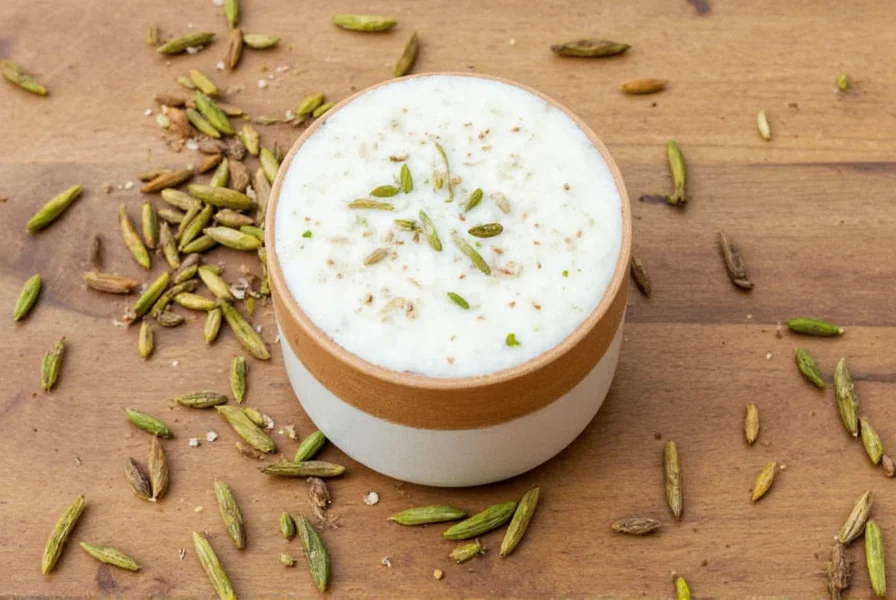
There are two main types:
- Green Cardamom – The most common and prized variety, known for its sweet, floral aroma.
- Black Cardamom – Larger and smokier, often used in savory dishes like biryanis and stews.
Why You’ll Fall Head Over Heels for This Tiny Green Pod
Let’s face it—cardamom doesn’t get the street cred it deserves. Cinnamon? Everywhere. Cumin? A household name. But cardamom? It’s the quiet genius behind some of the world’s most beloved dishes.
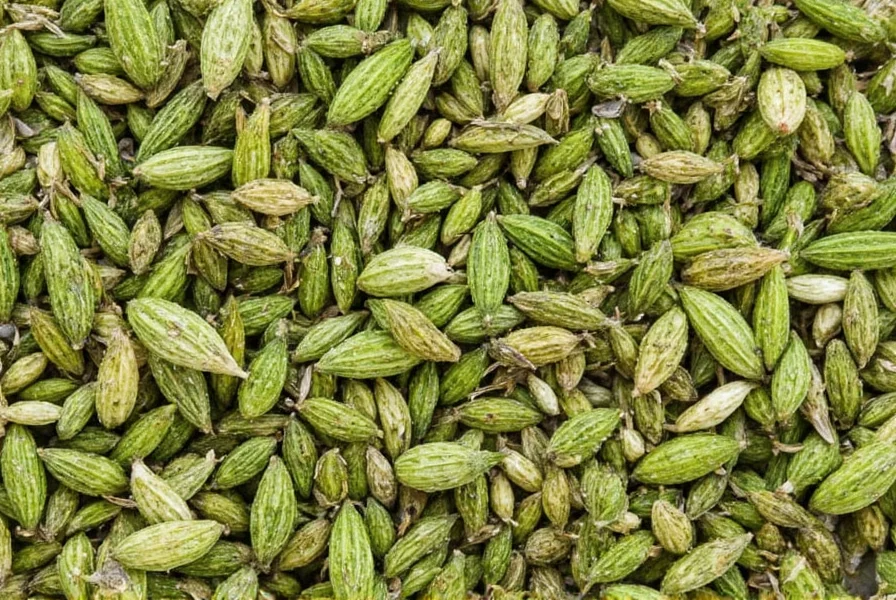
| Feature | Green Cardamom | Black Cardamom |
|---|---|---|
| Aroma | Sweet, floral, citrusy | Smoky, earthy, camphor-like |
| Best For | Desserts, chai, rice dishes | Curries, meats, stews |
| Price | More expensive | Less expensive |
But here’s the kicker: cardamom is one of the most expensive spices in the world by weight—right up there with saffron and vanilla. So if you’re using it, you’re basically cooking with gold.
The Ultimate Buying Guide: How to Choose the Best Cardamom
Buying cardamom can be tricky. There are tons of options on the market, but not all are created equal. Here’s how to spot the real deal:
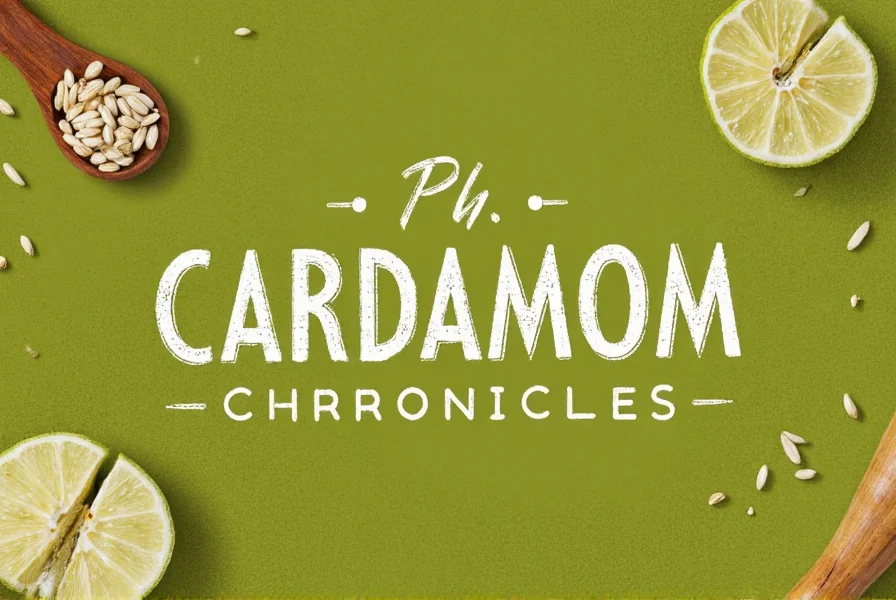
Whole Pods vs. Ground
| Type | Pros | Cons |
|---|---|---|
| Whole Pods | Fresher, longer shelf life, more versatile | Takes time to grind, slightly more expensive |
| Ground Cardamom | Convenient, easy to use | Loses flavor quickly, may contain fillers |
Things to Look for When Buying
- Bright green color (for green cardamom) – dull or brownish pods mean they’re old.
- Tightly closed pods – loose ones indicate age and loss of potency.
- Strong fragrance – if you don’t smell anything, neither will your food.
- Origin labels – look for brands specifying origin like Kerala, India or Guatemala.
Recommended Brands
| Brand | Features | Best For |
|---|---|---|
| Mccormick | Widely available, reliable quality | Everyday cooking |
| Frontier Co-op | Organic, ethically sourced | Health-conscious cooks |
| Penzey’s | Premium grade, intense flavor | Foodies and chefs |
7 Sizzling Secrets to Using Cardamom Like a Pro
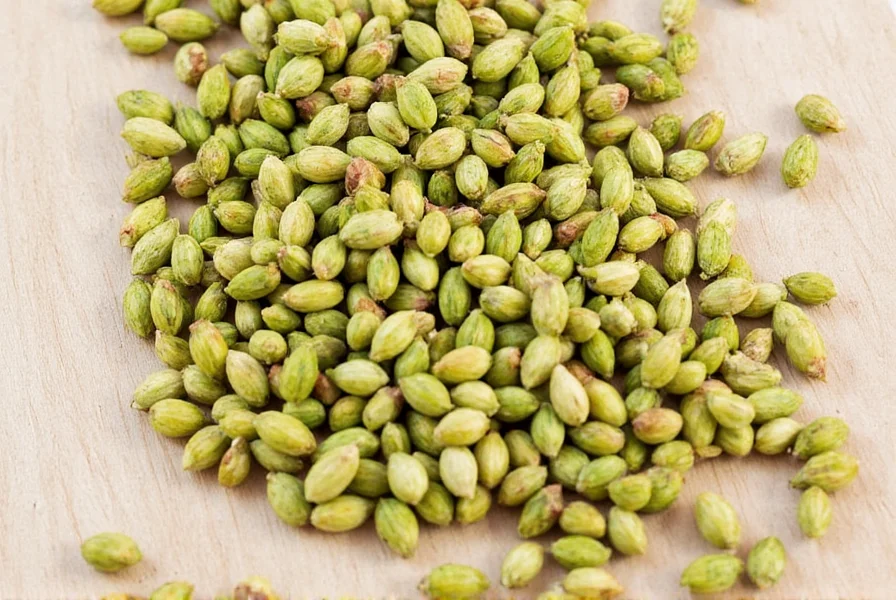
- Toast It First – Lightly toast whole pods or ground cardamom in a dry pan before use. It unlocks the essential oils and makes the flavor pop.
- Crush the Pods – Use a mortar and pestle or the flat side of a knife to crack open the pods before adding to recipes. This releases the seeds inside for maximum impact.
- Add Early, Not Late – Unlike some spices, cardamom benefits from being added early in the cooking process so the flavor can infuse the dish slowly.
- Don’t Overdo It – Cardamom is strong. Start with a small amount and build from there unless you want your dessert tasting like a forest fire.
- Use in Both Sweet & Savory – Think beyond chai! Try it in soups, sauces, marinades, or even coffee.
- Infuse Liquids – Crush a few pods and add them to hot milk or cream when making custards, ice creams, or spiced lattes.
- Make Your Own Masala Chai Blend – Combine crushed cardamom, cinnamon, cloves, and black pepper for a DIY chai mix that beats store-bought any day.
Flavor Pairings That Will Make Your Taste Buds Sing
Cardamom is a flavor chameleon—it plays well with almost everyone. Here are some classic and surprising combinations:
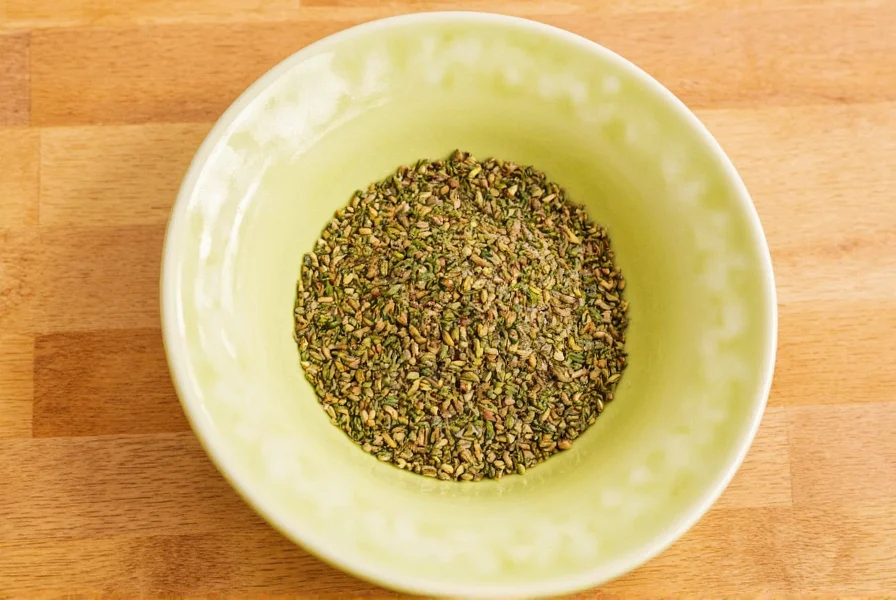
- Chocolate – Especially dark chocolate. Try adding a pinch to brownies or hot cocoa.
- Citrus – Lemon and orange balance cardamom’s richness beautifully.
- Coffee – Add a pinch to your grounds before brewing for a warm, exotic twist.
- Rosewater – A match made in dessert heaven. Perfect in baklava, cakes, and puddings.
- Coconut – Great in curries, smoothies, and rice dishes like biryani.
How Cardamom Can Take Over Your Kitchen (In a Good Way)
Ready to let cardamom reign supreme in your pantry? Here’s how to integrate it into different parts of your daily cooking routine:
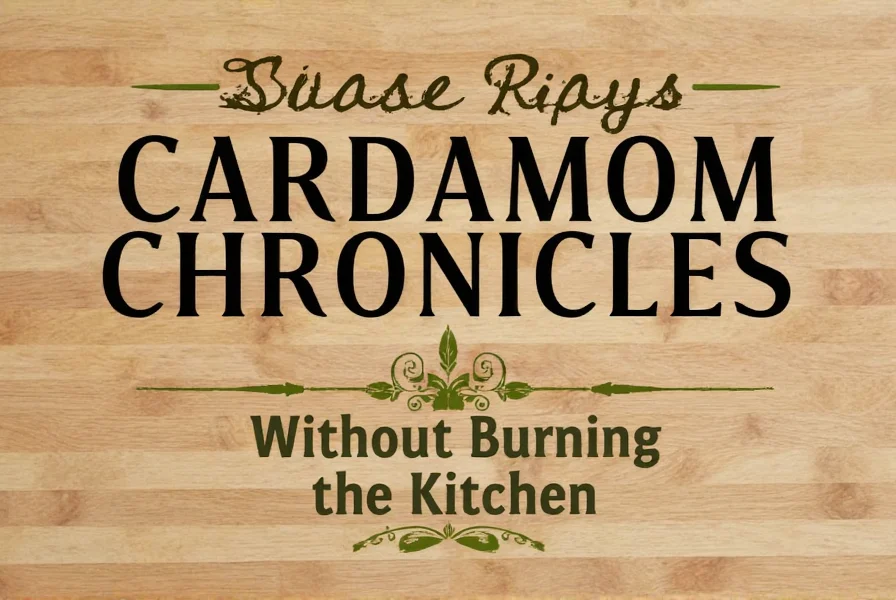
Breakfast
- Oatmeal with cardamom, sliced banana, and honey
- Cardamom-spiced coffee or tea
- Homemade granola with a touch of cardamom
Lunch
- Chicken korma with yogurt sauce and cardamom
- Vegetable curry with coconut milk and green cardamom
- Flatbreads dusted with cardamom-infused salt
Dinner
- Cardamom-roasted carrots with tahini drizzle
- Spiced lentils with cumin, turmeric, and cardamom
- Lamb chops rubbed with cardamom and garlic
Dessert
- Cardamom cheesecake with pistachio crust
- Rosewater and cardamom panna cotta
- Swedish-style cardamom buns (kardemummabullar)
Final Thoughts: The Future of Flavor Starts with Cardamom
Cardamom is more than just a spice—it’s an experience. From its intoxicating aroma to its deep roots in global cuisine, cardamom has earned its place among the culinary elite.
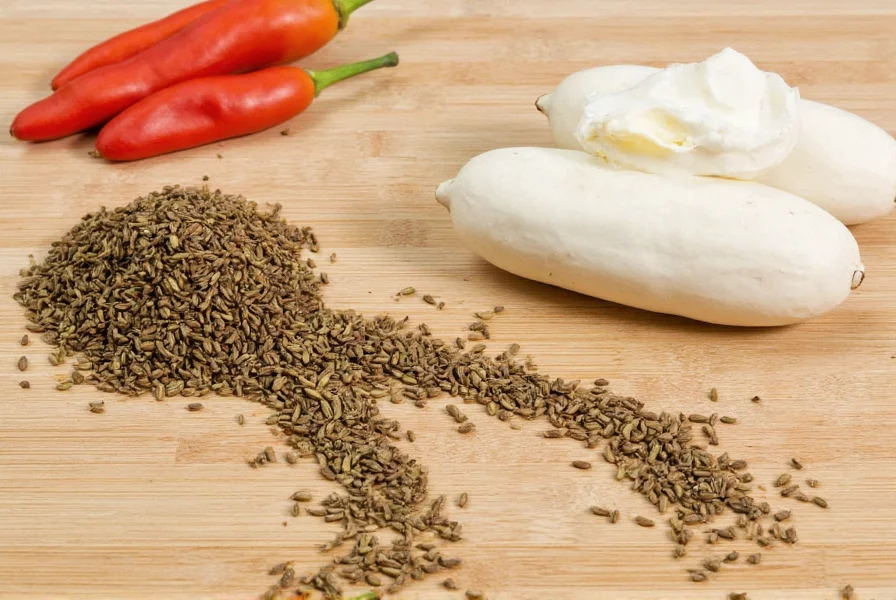
If you’ve never given it a shot, now’s the time. If you already love it, keep experimenting. Cardamom is versatile, bold, and full of surprises waiting to be uncovered.
So go ahead—crush a pod, breathe in that magical scent, and let cardamom take your cooking to the next level. Your taste buds (and your guests) will thank you.

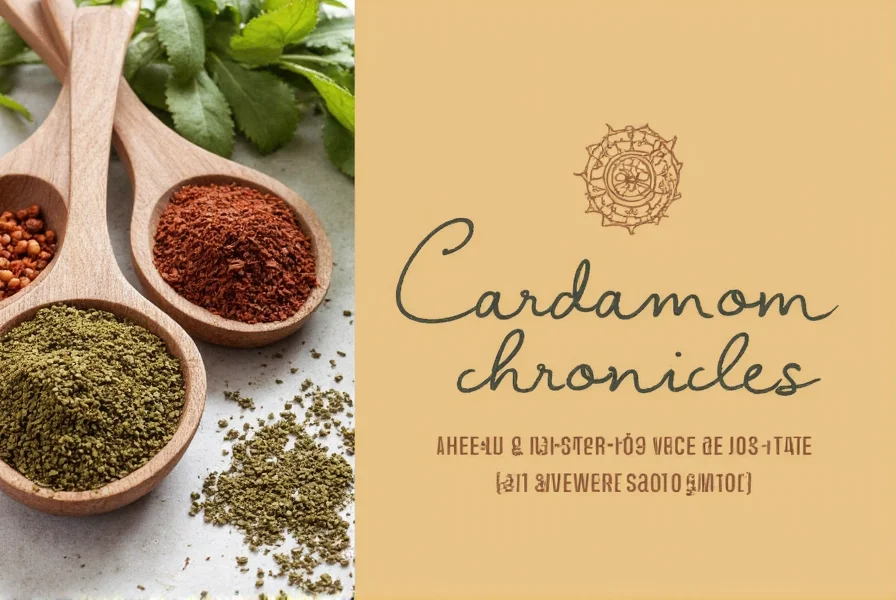









 浙公网安备
33010002000092号
浙公网安备
33010002000092号 浙B2-20120091-4
浙B2-20120091-4